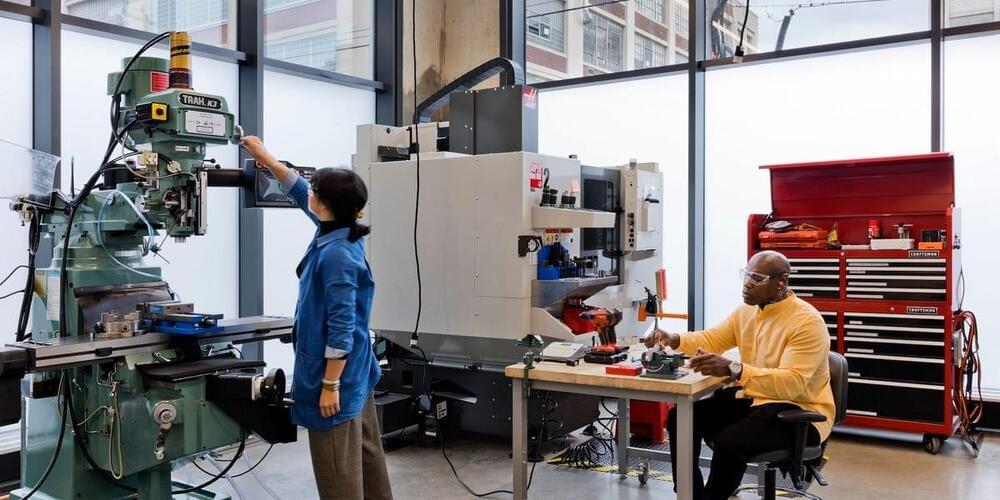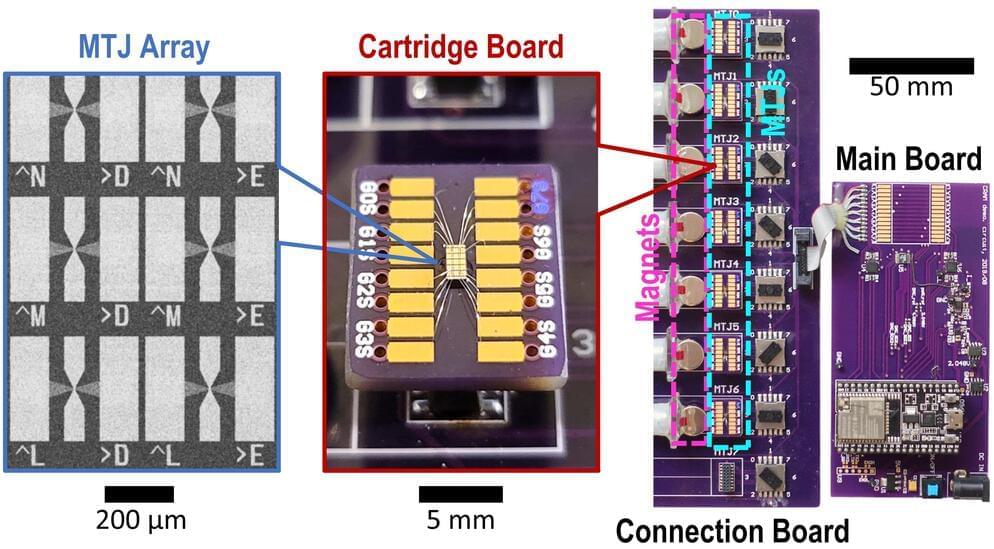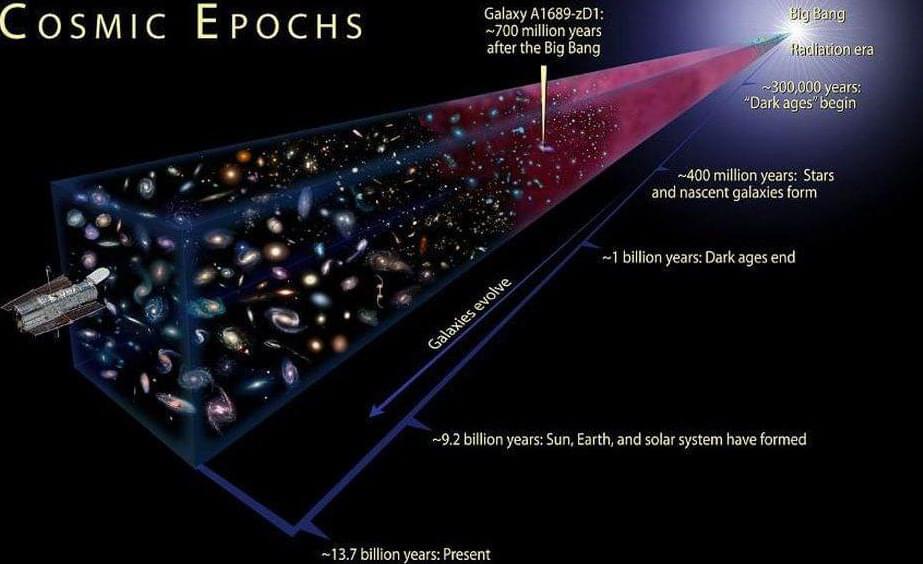Entanglement is a fundamental concept in quantum information theory and is often regarded as a key indicator of a system’s “quantumness”. However, the relationship between entanglement and quantum computational power is not straightforward. In a study posted on the arXiv preprint server, physicists in Germany, Italy and the US shed light on this complex relationship by exploring the role of a property known as “magic” in entanglement theory. The study’s results have broad implications for various fields, including quantum error correction, many-body physics and quantum chaos.
Traditionally, the more entangled your quantum bits (qubits) are, the more you can do with your quantum computer. However, this belief – that higher entanglement in a quantum state is associated with greater computational advantage – is challenged by the fact that certain highly entangled states can be efficiently simulated on classical computers and do not offer the same computational power as other quantum states. These states are often generated by classically simulable circuits known as Clifford circuits.
\r \r







